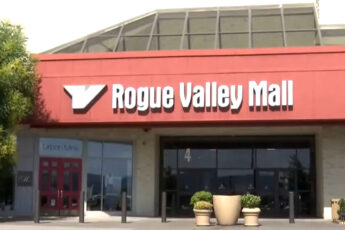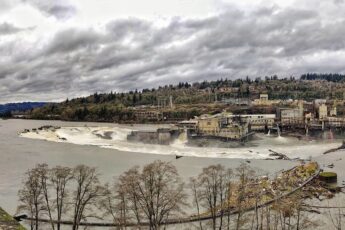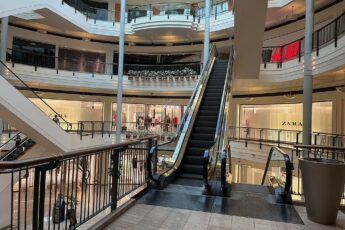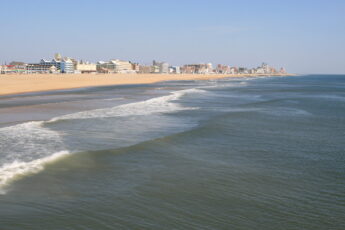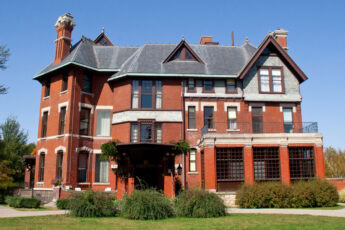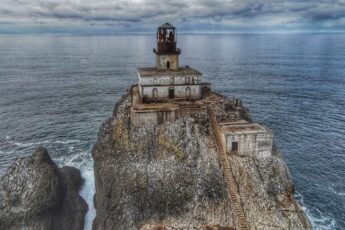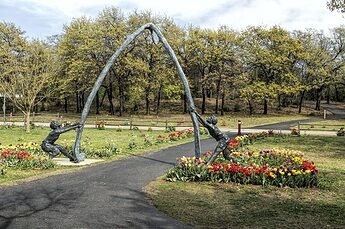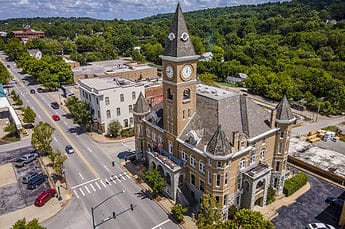Why So Many Keep Returning to Corvallis
Some towns only reveal themselves slowly. Things to do in Corvallis, Oregon, always depend on the weather, the season, and the pace you want to keep.
One weekend brings a festival along the Willamette River. Another day, it's a field full of soccer games at Crystal Lake.
Corvallis holds steady, practical, green, and is never too far from a walking trail. People come for the open space, and often end up staying longer than they planned.
What Free Time Feels Like Here
Corvallis, Oregon, has a habit of making room for whatever people want to do with an afternoon.
With more than 47 public parks and spaces, the city shapes its calendar around local weather, blooming flowers, and the steady return of seasonal markets.
Trails follow the banks of Marys River and Willamette River, marked by wayfinding signs first installed in the early 2000s.
In April, Riverfront Commemorative Park begins hosting farmers' markets that run until late fall.
Sports fields at places like Crystal Lake fill with leagues and families, while history finds its way into the schedule through the Benton County Historical Society's events in the old Philomath College building.
Almost every option ties back to something specific, an annual rhododendron bloom, the sound of a concert in the amphitheater, or the smell of rain after months of drought.
Corvallis keeps its options practical and public, letting weather and time shape what comes next.
Avery Park & Natural Area: A Blend of Recreation and Nature
Avery Park stretches out along the Marys River, about a mile and a half south of the Corvallis courthouse.
Its footprint is 75 acres, big enough to hold five picnic shelters, a rose garden, a disc golf course, and a full-scale steam locomotive.
The train doesn't move, but it pulls kids in like it still could.
The rose beds hold more than 250 named varieties, some labeled, some fading.
By early June, the scent carries across the lawn. The walking trail stays close to the river and floods after heavy rain.
Tree cover stays dense near the western edge.
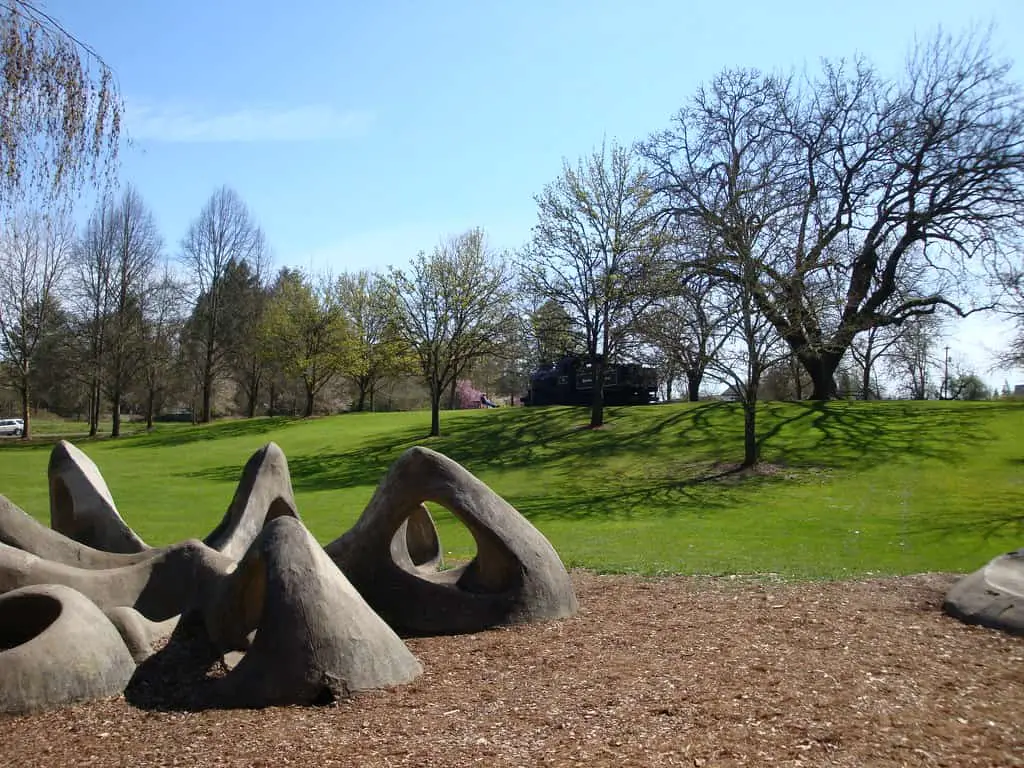
Bruce Starker Arts Park: Where Art Meets Ecology
Bruce Starker Arts Park sits on lowland off SW 45th, cut through with gravel paths and a constructed wetland.
The park opened in the early 2000s. A raised wooden stage faces an open grass bowl, no fixed seats, no lighting rigs.
In summer, bands and drama groups set up with minimal equipment.
Behind the amphitheater, a filtering system runs runoff through native reeds and sedges before it drains out.
It's a working project, not just a feature. Nearby, a small garden grows vegetables for neighborhood use.
It is one of the few places in Corvallis shaped to hold both art and runoff.
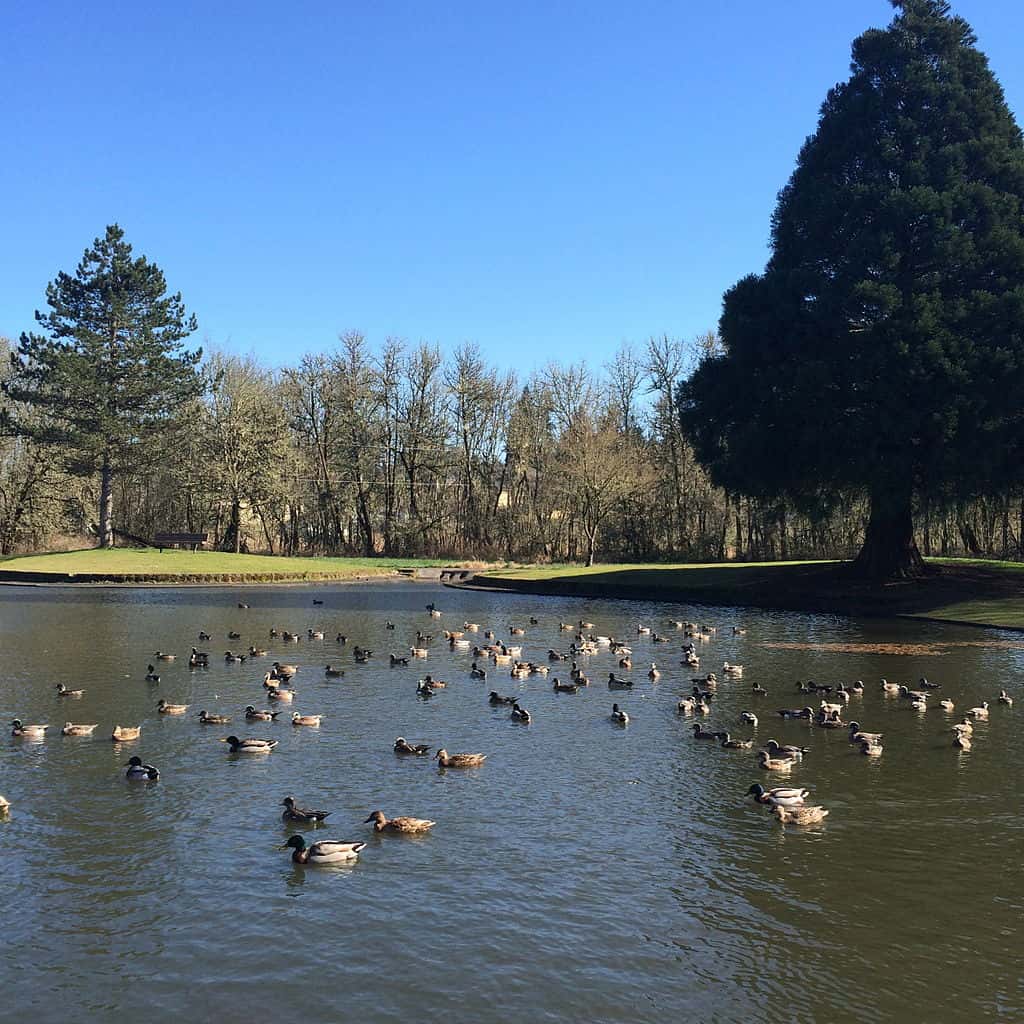
Riverfront Commemorative Park: A Downtown Retreat
Riverfront Commemorative Park runs tight along the Willamette, just east of downtown.
It doesn't spread far, less than 12 acres, but every part gets used.
The walkway's wide enough for joggers and cyclists at once.
A fountain set into the plaza cools kids in summer.
Steps down to the river feel like an afterthought, but they're where people stop.
On Saturdays, produce tents line the northern block.
The site was part of a 1990s redevelopment push, meant to tie downtown to the water again.
It works. For visitors scanning what to do in Corvallis without driving, this is usually the answer.
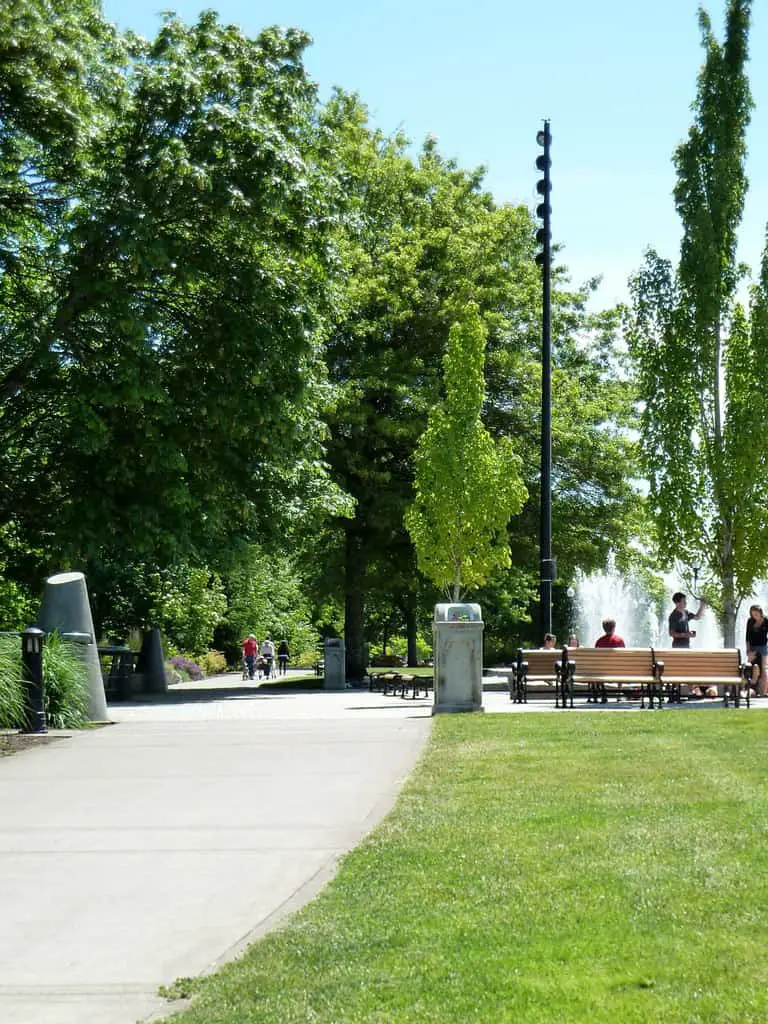
Crystal Lake Sports Fields: A Hub for Athletics
Crystal Lake doesn't try to impress.
Nine baseball diamonds, a string of soccer fields, some worn, some fine, and a few side courts built into whatever space remained.
It sits on the city's southeast edge, bordered by SE Fischer and farmland.
During youth tournaments, parking spills into gravel overflow lots.
The lights are portable, and the bathrooms are basic.
But the use is steady, spring through fall, weekday leagues, weekend brackets, and drop-ins.
A paved trail ties it to the Willamette Boat Landing.
For anyone looking beyond trails or galleries, the complex is one of the busiest places in Corvallis you can visit.
Philomath Museum - Benton County Historical Society
The building dates to 1867. Three stories, brick, built by the United Brethren Church to house Philomath College.
Now it holds over 100,000 objects tracked and archived by the Benton County Historical Society.
Rooms are sparse. Wood floors, museum cases, and placards with no frills.
Exhibits shift every few months, including farming tools, logging gear, housewares, and records.
Not interactive, not modernized, and not trying to be.
The museum sits five miles west of Corvallis and was added to the National Register of Historic Places in 1974.
For visitors listing places to visit in Corvallis with historical weight, this one doesn't need to explain itself.
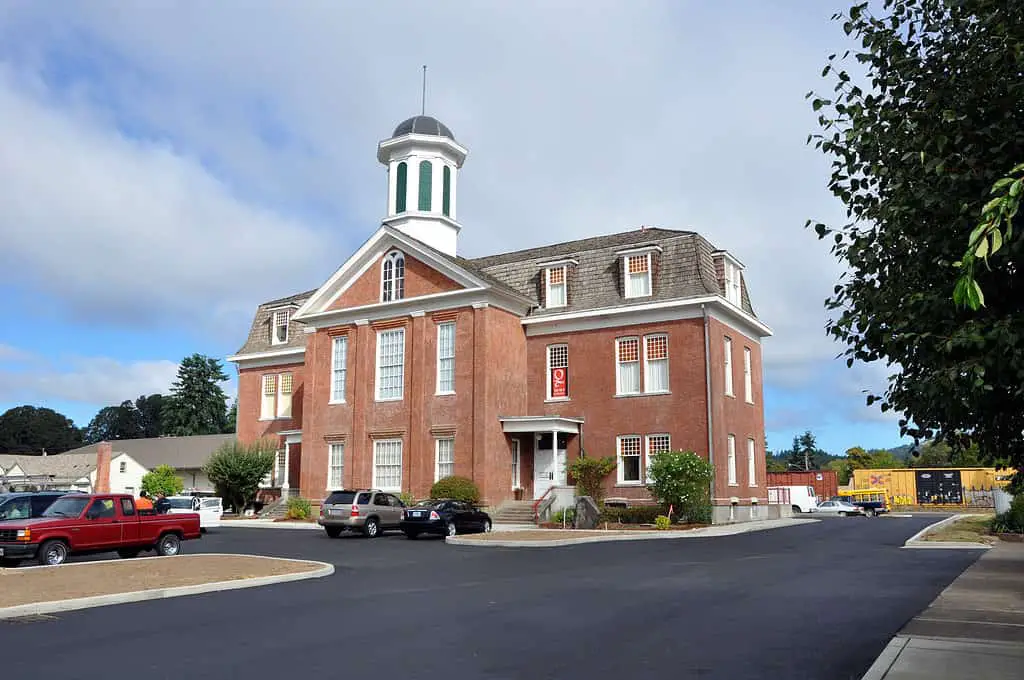
Seasonal Events and Markets: Engaging with Local Culture
On Saturdays from April through November, the Corvallis Farmers' Market sets up along First Street.
Booths run north from Monroe to Van Buren.
Produce comes in early, spinach, herbs, radishes, then shifts to berries, tomatoes, corn, and apples by fall.
Some vendors have been showing up for decades. Others rotate out after a season.
No amplified music, no major branding, but foot traffic stays heavy between 9 and noon.
At Bruce Starker Arts Park, summer events use the grass bowl and wooden platform stage, concerts, school performances, and theater, if the weather holds.
Both spots offer a read on local habits that doesn't feel staged.
Trails and Walkways: Exploring Corvallis on Foot
You don't have to drive far to find open ground. Avery Park offers a mile of crushed gravel trail along the river, shaded most of the way.
Near the center, the route skirts playgrounds, picnic shelters, and a few leftover railroad features.
The Riverfront walkway is different, paved, 12 feet wide, and meant for people moving at different speeds.
No bikes are allowed on narrow points. It was added in the late 1990s as part of the downtown redesign.
Signs along the way give flood data, tree names, and Willamette River facts.
For quiet hours in town, these paths keep their purpose clear.
Educational Opportunities: Learning Through Exploration
Starker Arts Park holds more than events. Its wetland system doubles as a teaching tool.
Corvallis Public Works and the Marys River Watershed Council use it to show how plants filter stormwater.
A short interpretive trail explains the runoff system in plain language.
At the Philomath Museum, the exhibits do the same with regional history.
Labels avoid jargon. One gallery holds sawmill ledgers, another prints from a 1930s newspaper archive.
School groups visit during the academic year, mostly upper elementary through high school.
If you're looking for what to see in Corvallis that involves reading and staying awhile, start there.
Community Engagement: Participating in Local Initiatives
Corvallis runs dozens of events through Parks and Recreation, but a lot of the work comes from unpaid hours.
Tree planting, trail cleanup, and creek monitoring, much of it handled by neighborhood signups and local nonprofits.
Starker Arts Park and its wetland section were partly built through volunteer labor in the early 2000s.
The Avery Park rose garden is still maintained with help from garden clubs and citizen crews.
The city holds an annual Natural Areas Work Party Day each April.
For those who live nearby or visit often, these aren't one-time attractions, they're chances to leave a mark on the place.
Accessibility and Amenities: Ensuring Inclusive Experiences
Many city parks were designed decades ago, but updates have come gradually.
Avery Park and Riverfront Commemorative Park now offer ADA-accessible restrooms, curb ramps, and paved walkways.
Picnic areas have concrete pads for wheelchair access.
Crystal Lake Sports Fields include flat entry points and open benches, though much of the outer field space remains gravel or grass.
In 2021, Corvallis Parks and Recreation began a phased ADA transition plan for high-traffic sites.
Most shelters are reservable online. Drinking fountains, shaded tables, and restrooms stay open during daylight hours.
The basic structure is there, it depends on how you move through it.
🍀

